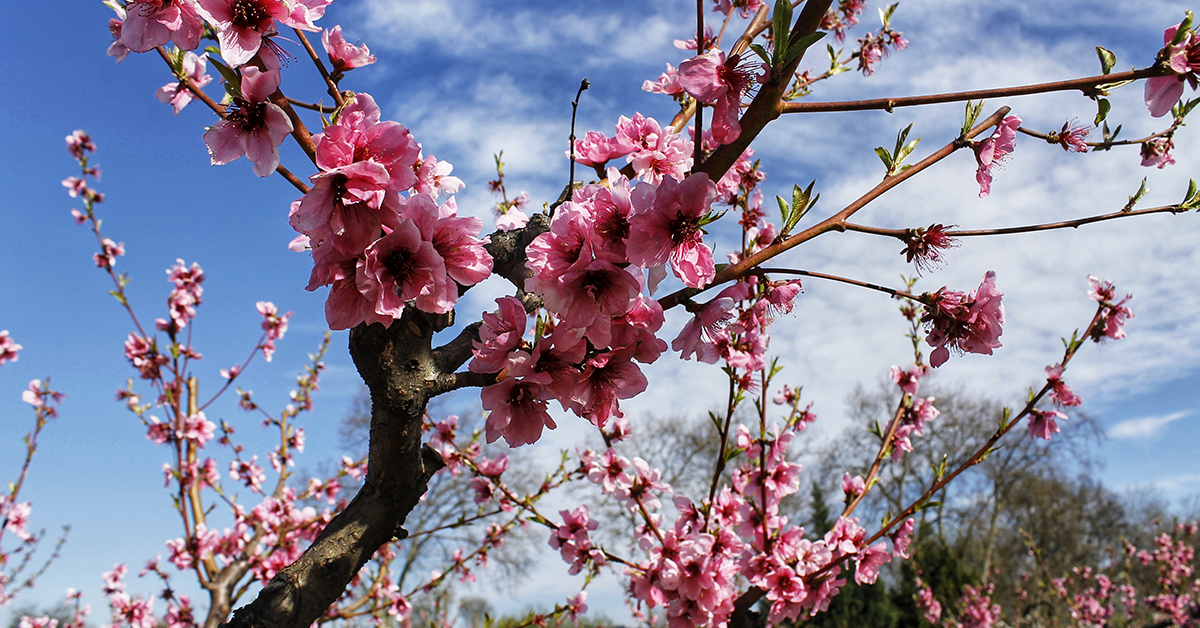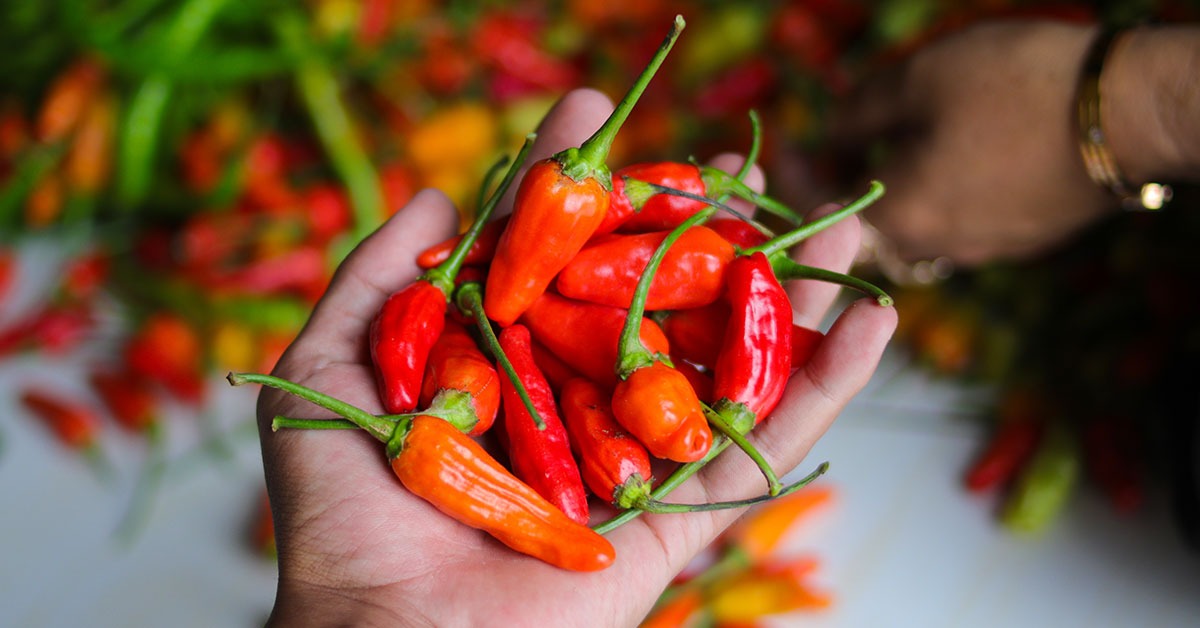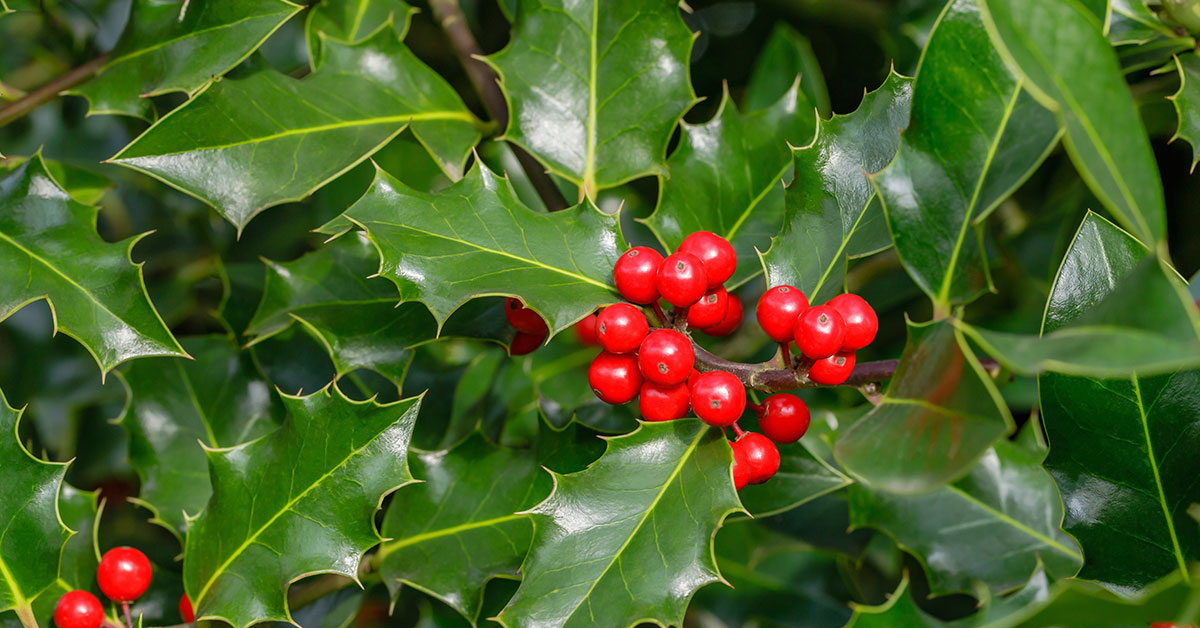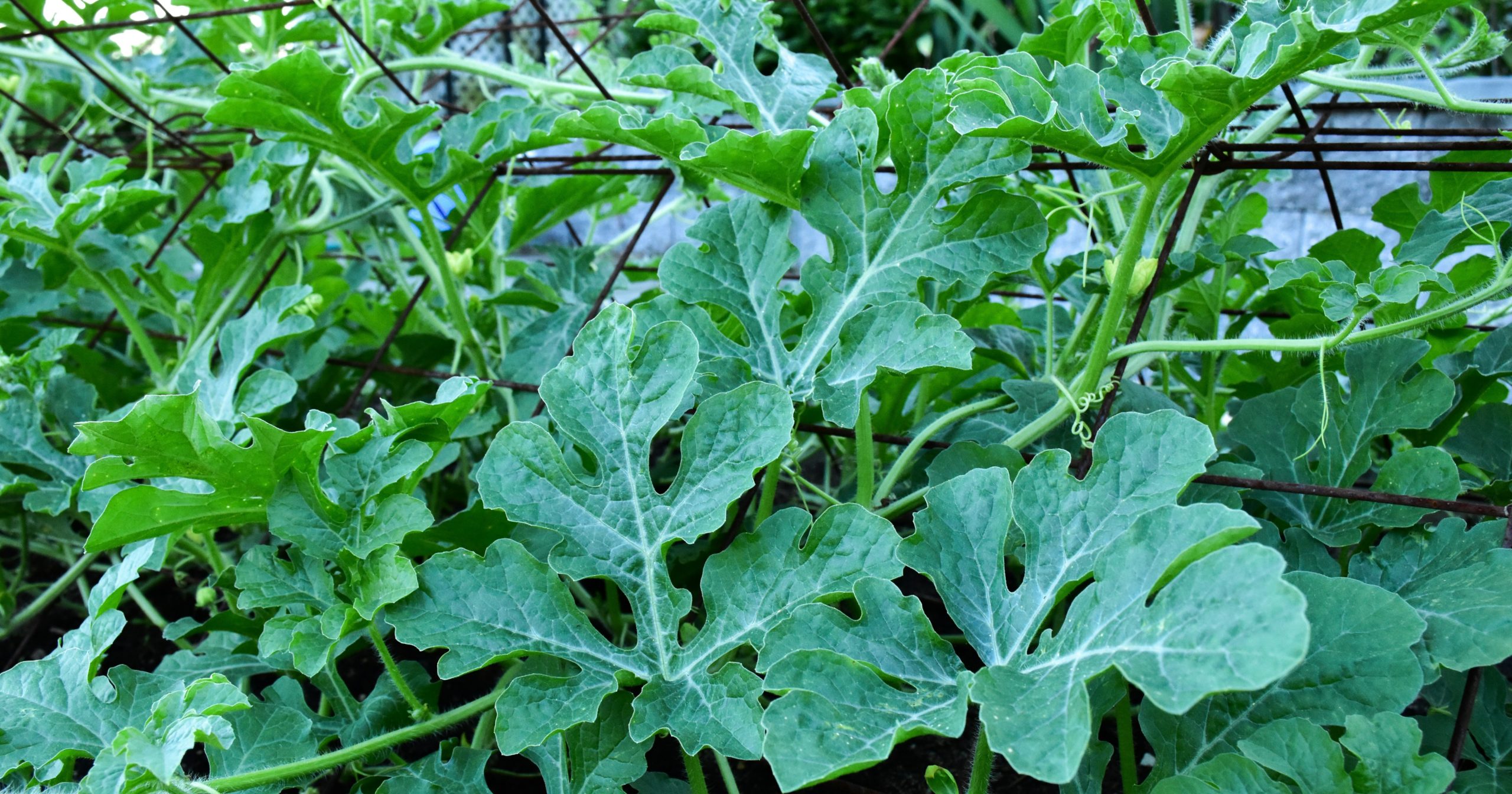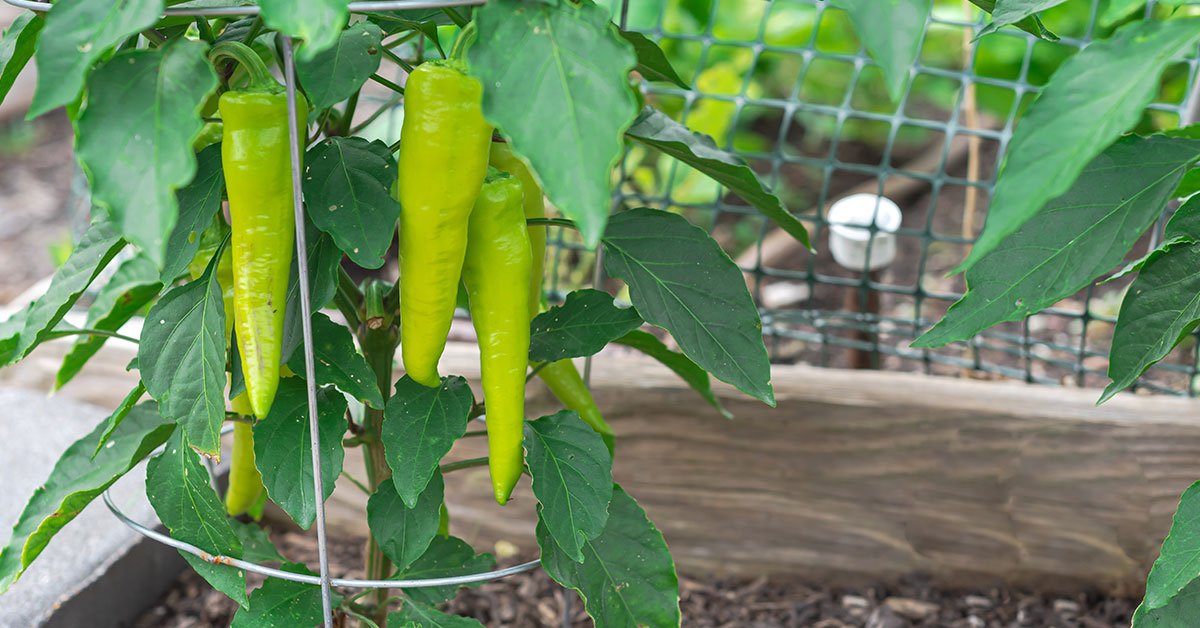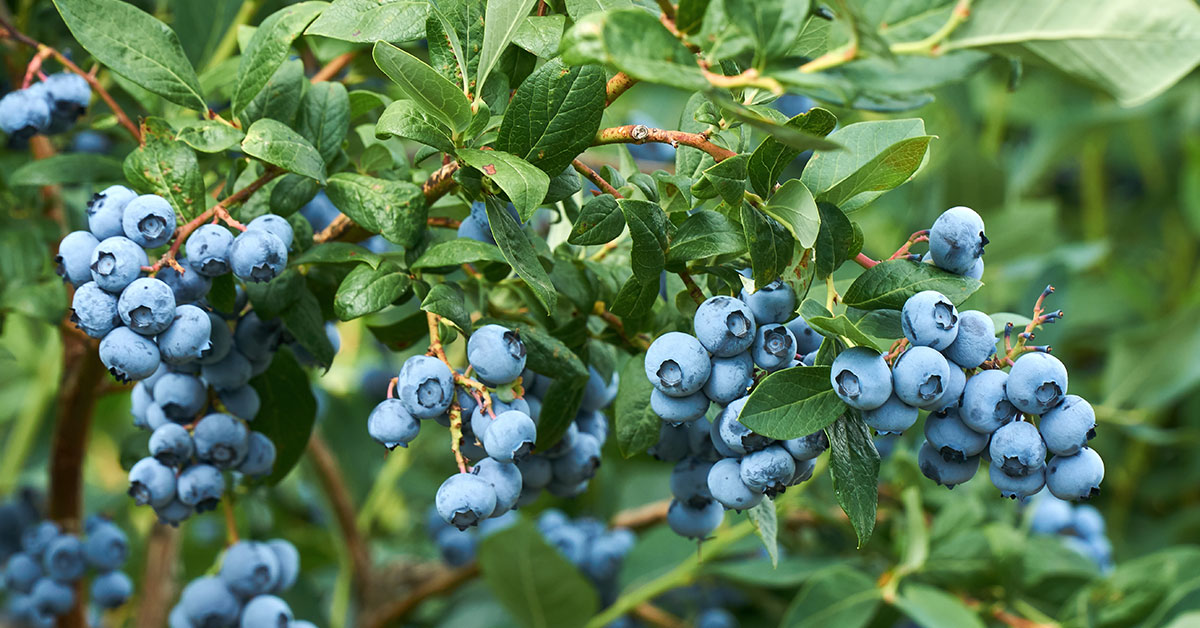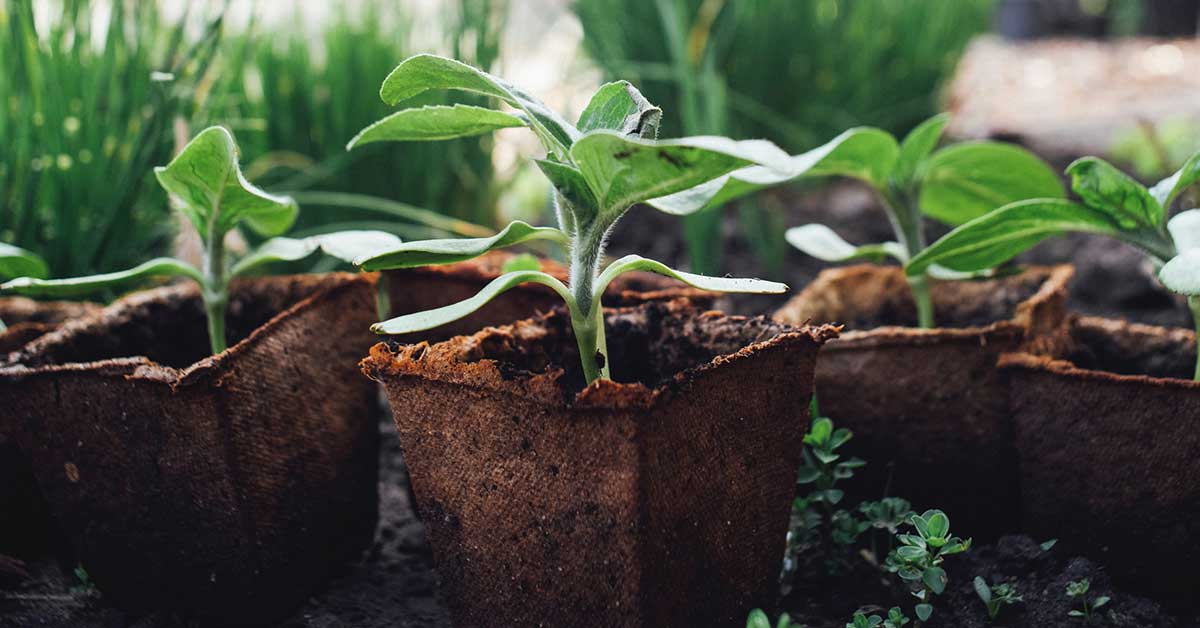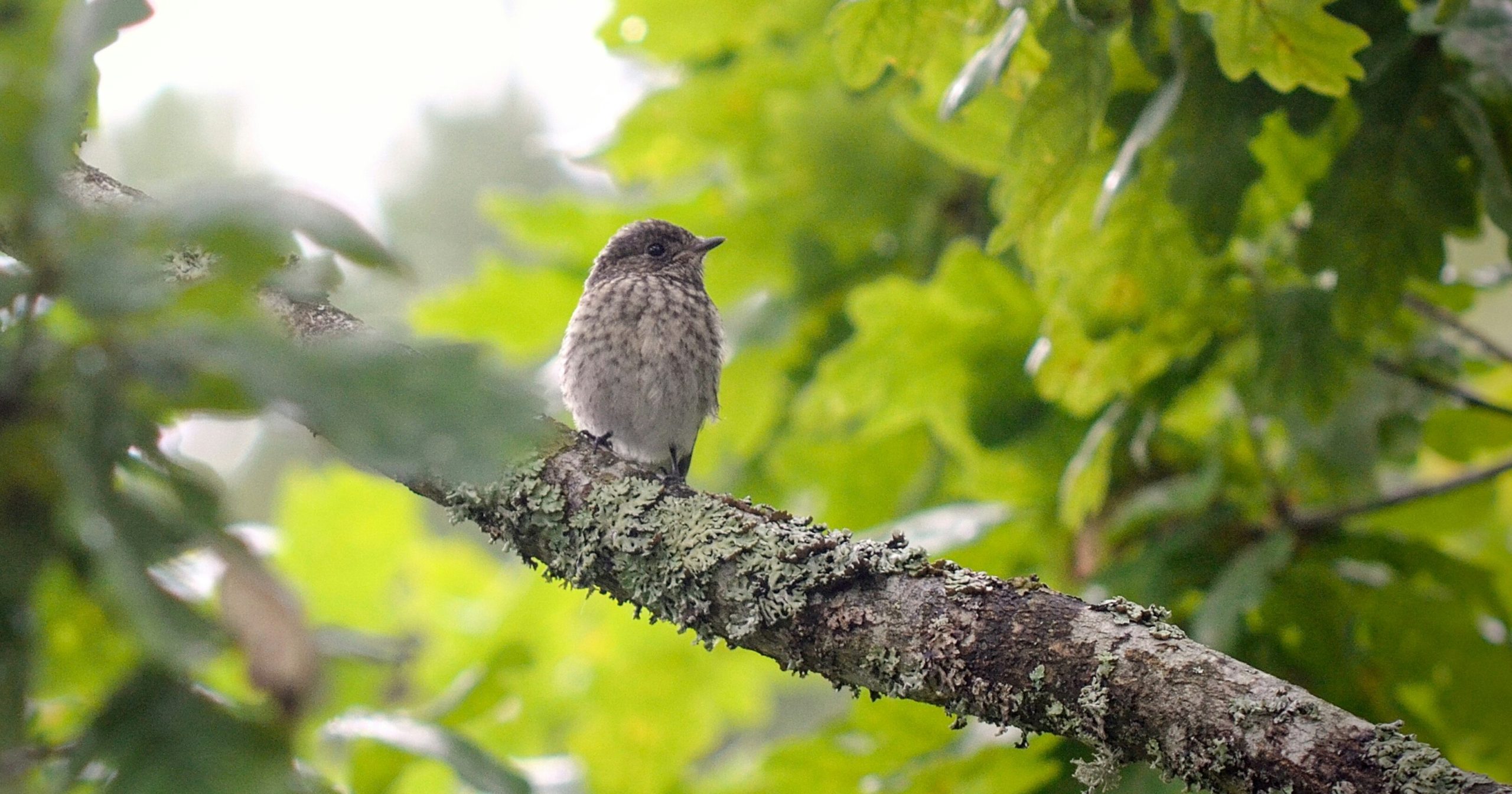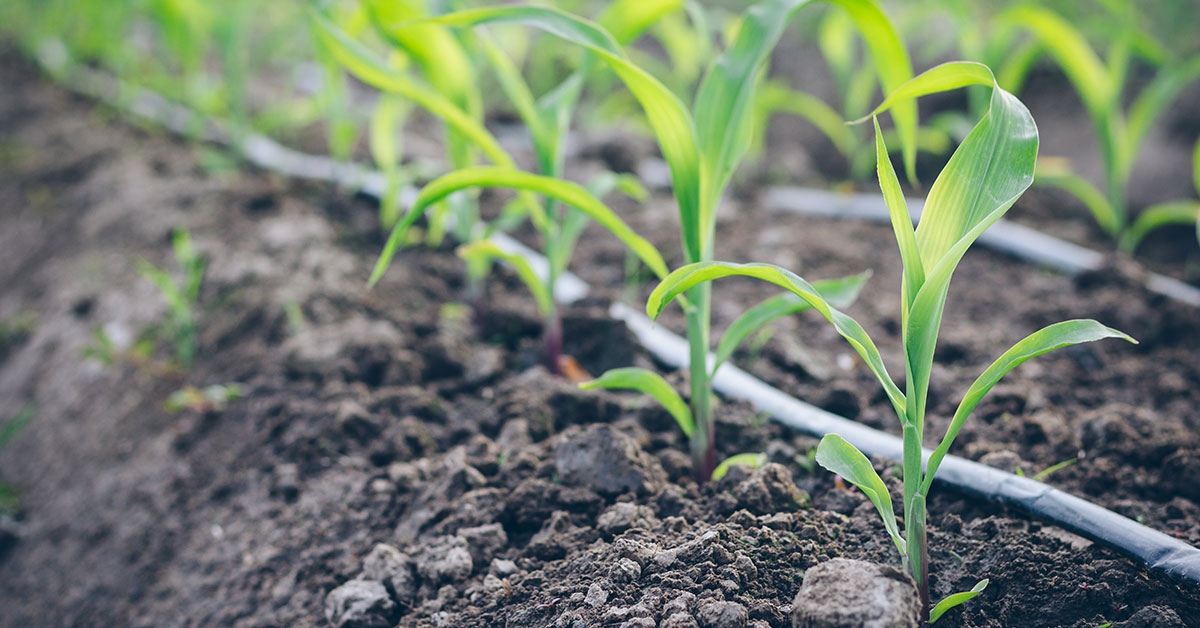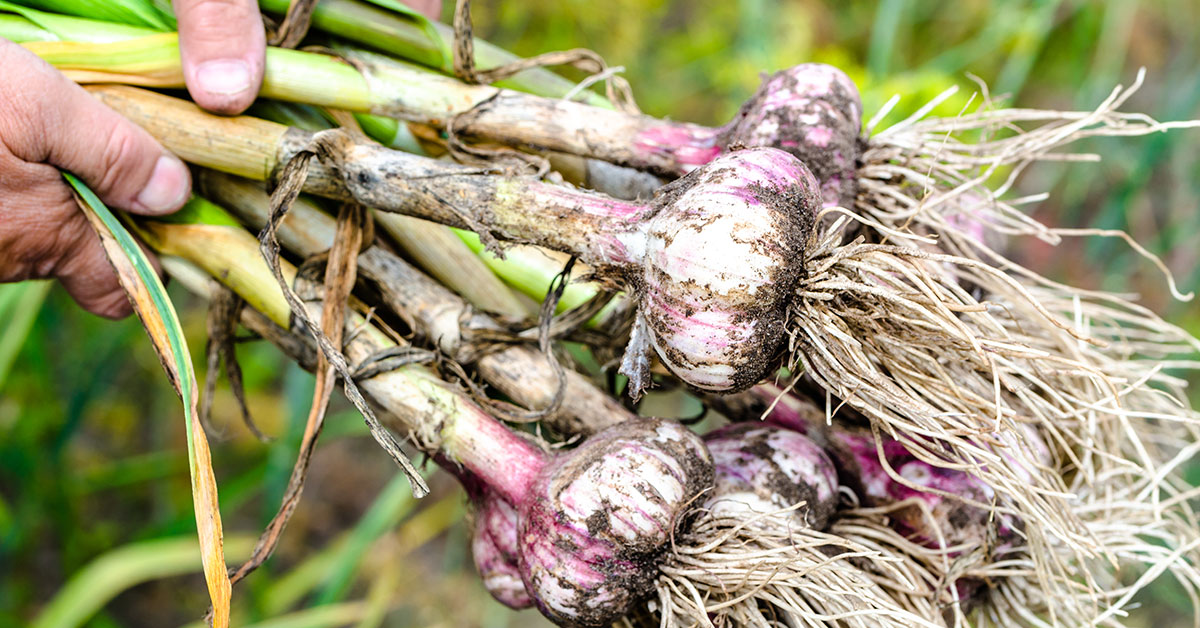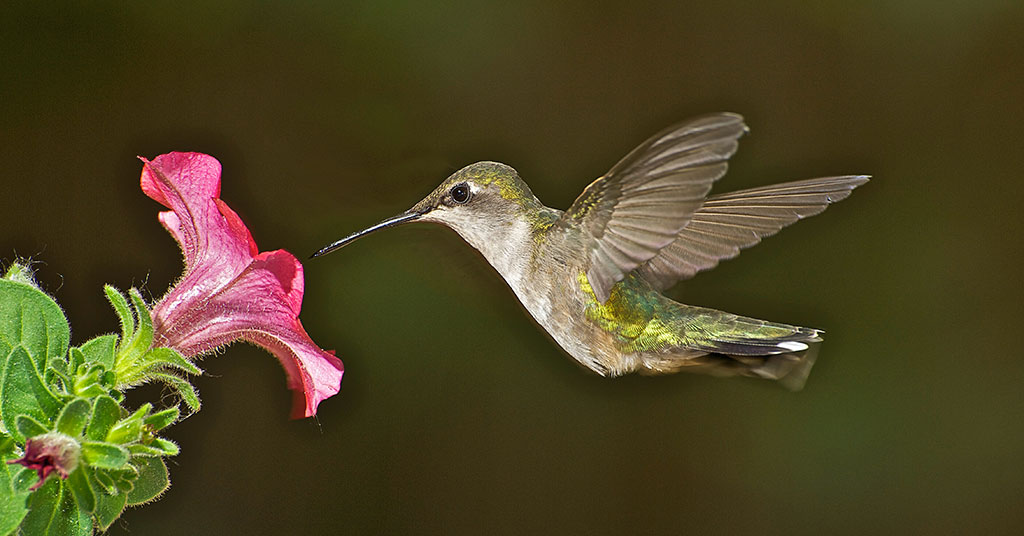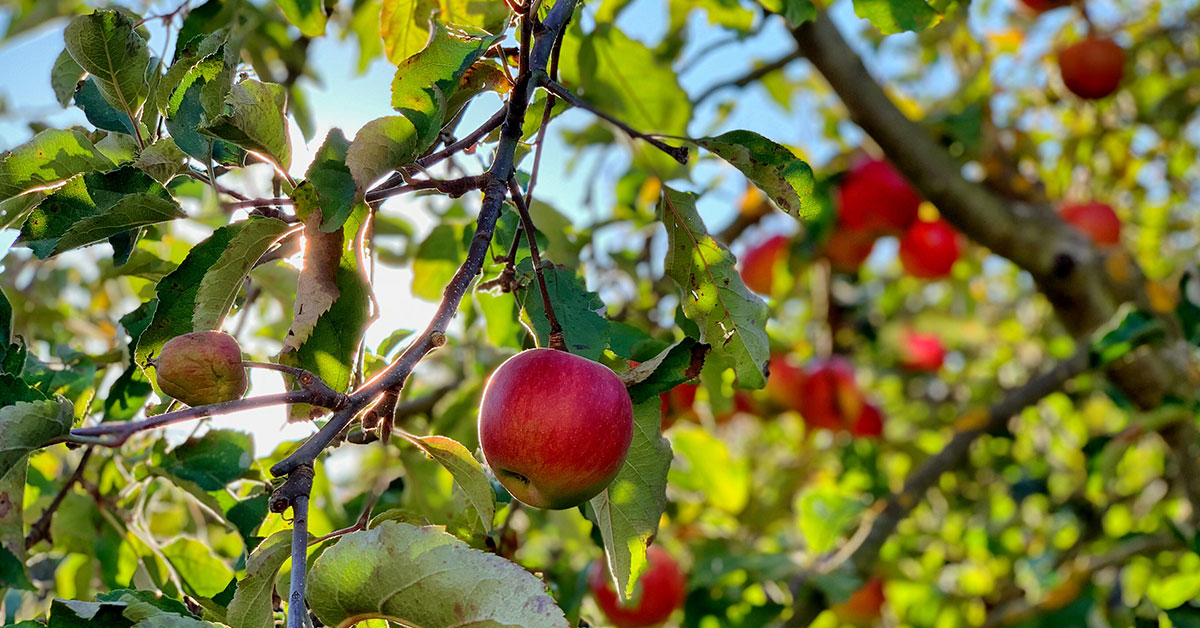Welcome to the world of Red June Nectarine cultivation! If you’re a fan of juicy, sweet, and vibrant nectarines, then the Red June variety is a must-have addition to your garden. Known for its exceptional flavor and stunning red skin, the Red June Nectarine tree is a delight to grow and harvest.
In this article, we will explore everything you need to know about successfully cultivating Red June Nectarine trees, from selecting the right location and preparing the soil to proper pruning techniques and pest management. Whether you’re a seasoned gardener or a beginner, get ready to embark on a journey of growing these delectable fruits right in your own backyard. Let’s dive in and discover the secrets to growing thriving Red June Nectarine trees!
What is a Red June Nectarine?
Red June Nectarine is a popular variety of nectarine tree known for its delicious fruit and attractive appearance. It is a medium-sized tree that typically reaches a height of 10-12 feet and has a spreading growth habit. The tree produces beautiful pink blossoms in spring, adding to its ornamental value.
The fruit of the Red June Nectarine is medium to large in size, with a smooth, red skin that is often blushed with yellow. The flesh is firm, juicy, and has a sweet-tart flavor that is highly prized by nectarine enthusiasts. The fruit ripens in early summer, usually around June, hence the name “Red June.”
This variety is known for its exceptional flavor and excellent eating quality. The nectarines are perfect for fresh consumption, but they can also be used in various culinary applications, including baking, canning, and making preserves. Red June Nectarine trees are generally self-fertile, meaning they do not require another tree for pollination. They prefer full sun exposure and well-drained soil.
Regular pruning and thinning of the fruit are recommended to maintain the tree’s health and productivity. Overall, Red June Nectarine is a highly desirable variety for both its ornamental value and delicious fruit, making it a fantastic choice for home gardeners and fruit enthusiasts.
What does Red June Nectarine taste like?
Red June Nectarines are known for their exceptional flavor profile. They have a perfect balance of sweetness and acidity, making them incredibly delicious. The flavor is often described as a combination of tropical and citrus notes, with hints of peach and apricot undertones. The sweetness is vibrant and juicy, while the acidity adds a refreshing tanginess to the overall taste. The flesh of Red June Nectarines is firm and succulent, providing a satisfying texture that enhances the eating experience. Overall, the flavor profile of Red June Nectarines is exquisite, making them a highly sought-after variety among nectarine enthusiasts.
How to start Red June Nectarine from seed
Starting a Red June Nectarine tree can be done through grafting or growing from seed. However, grafting is the preferred method as it ensures that the tree will produce the desired fruit characteristics. Here is a step-by-step guide on starting a Red June Nectarine tree:
- Obtain a Red June Nectarine scion: Contact a reputable nursery or fruit tree supplier to obtain a Red June Nectarine scion. The scion is a small branch or bud from a mature Red June Nectarine tree that will be grafted onto a rootstock.
- Select a suitable rootstock: Choose a rootstock that is compatible with the Red June Nectarine scion. Common rootstocks for nectarine trees include Nemaguard, Lovell, and Citation. Consult with a local nursery or extension service to determine the best rootstock for your specific growing conditions.
- Prepare the rootstock: If you are using a potted rootstock, ensure that it is healthy and disease-free. If you are planting the rootstock directly in the ground, choose a sunny location with well-draining soil. Dig a hole slightly larger than the rootball and amend the soil with organic matter if necessary.
- Make the graft: The most common grafting technique for nectarine trees is the whip-and-tongue graft. Make a diagonal cut on both the scion and rootstock, ensuring that the cuts are of similar size and shape. Then, make a small vertical cut in the center of each diagonal cut to create a tongue shape. Fit the tongue of the scion into the tongue of the rootstock, ensuring that the cambium layers align.
- Secure the graft: Use grafting tape or rubber bands to tightly bind the scion and rootstock together. This will help ensure a successful union. Make sure the graft union is tight and secure, but not so tight that it cuts off circulation.
- Protect the graft: Cover the grafted area with grafting wax or grafting compound to protect it from drying out and to prevent infection. This will also help keep the graft union secure.
- Provide proper care: Place the grafted tree in a protected location, such as a greenhouse or a shaded area, to allow it to heal and establish. Water the tree regularly, keeping the soil moist but not waterlogged. Provide adequate sunlight and protect the tree from extreme temperatures or strong winds.
- Monitor and maintain: Keep an eye on the graft union for any signs of failure or infection. Remove any suckers or growth that emerges below the graft union. As the tree grows, provide regular pruning to shape it and promote healthy growth.
It’s important to note that grafting can be a complex process, and it may be beneficial to seek guidance from a local horticulturist or experienced gardener if you are new to grafting.
When to plant Red June Nectarine outdoors
The ideal time to plant Red June Nectarine trees is in late winter or early spring, before the tree breaks dormancy. This is usually between February and April, depending on your specific climate and region. Planting during this time allows the tree to establish its root system before the onset of hot summer weather.
Growing & care guide
Caring for Red June Nectarine trees requires attention to several key factors, including proper planting, watering, fertilizing, pruning, and pest control. By following these best practices, you can ensure the health and productivity of your Red June Nectarine tree.
- Choose a location with full sun exposure and well-draining soil. Red June Nectarine trees thrive in USDA hardiness zones 6-9.
- Dig a hole slightly larger than the root ball and loosen the soil at the bottom.
- Place the tree in the hole, making sure the bud union (the swollen area where the tree was grafted onto the rootstock) is above the soil line.
- Backfill the hole with soil, gently firming it around the roots.
- Water the tree thoroughly after planting to settle the soil.
- Nectarine trees need regular watering, especially during the growing season.
- Water deeply, providing enough moisture to reach the entire root system.
- Avoid overwatering, as it can lead to root rot. Allow the top inch of soil to dry out before watering again.
- Mulching around the base of the tree helps retain moisture and prevents weed growth.
- Apply a balanced fertilizer, such as a 10-10-10 or 14-14-14, in early spring before new growth begins.
- Follow the manufacturer’s instructions for application rates.
- Avoid excessive nitrogen fertilization, as it can promote vegetative growth at the expense of fruit production.
- Consider using organic fertilizers or compost to provide slow-release nutrients.
- Prune Red June Nectarine trees during the dormant season, preferably in late winter or early spring.
- Remove any dead, damaged, or diseased branches.
- Thin out crowded branches to improve air circulation and sunlight penetration.
- Prune to maintain an open center or vase shape, which allows for better fruit production and easier maintenance.
- Avoid heavy pruning during the growing season, as it can reduce fruiting.
- Monitor your Red June Nectarine tree regularly for signs of pests such as aphids, scale insects, or peach tree borers.
- Use organic or chemical insecticides as necessary, following the instructions carefully.
- Apply dormant oil spray during the tree’s dormant season to control overwintering pests and their eggs.
- Encourage natural predators like ladybugs and lacewings to help control pest populations.
- Red June Nectarine trees are susceptible to diseases like peach leaf curl, brown rot, and bacterial spot.
- Apply a fungicide spray during the dormant season to prevent peach leaf curl.
- Practice good sanitation by removing fallen leaves and fruit to reduce the risk of disease spread.
- Choose disease-resistant varieties whenever possible.
By following these best practices, you can ensure the health and productivity of your Red June Nectarine tree, enjoying a bountiful harvest of delicious fruit. Regular monitoring, timely care, and proper maintenance will help your tree thrive for years to come.
Harvesting guide
Red June nectarines are typically ready for harvest in mid to late summer, depending on your specific climate and growing conditions. Here are some guidelines to help you determine when and how to harvest your Red June nectarines:
- Color: Look for a deep red color with a slight yellow undertone. The fruit should have a glossy appearance and feel firm to the touch. Avoid picking nectarines that are still green or have a predominantly green color.
- Texture: Gently squeeze the fruit to check for ripeness. It should yield slightly to pressure but not be too soft or mushy. If the fruit feels hard, it is not yet ripe and needs more time on the tree.
- Taste: The best way to determine if a Red June nectarine is ready for harvest is by tasting one. Pick a fruit that looks ripe and take a bite. It should be juicy, sweet, and have a well-developed flavor. If the flavor is still tart or lacks sweetness, allow the nectarines to ripen further on the tree.
- Harvesting: When picking nectarines, hold the fruit gently and twist it slightly to detach it from the tree. Avoid pulling or tugging forcefully, as this can damage the fruit or the tree. Use a pair of pruning shears or sharp scissors to cut the stem about half an inch above the fruit if necessary.
- Timing: Harvest nectarines in the morning when temperatures are cooler. This helps preserve the fruit’s quality and reduces the risk of sunburn. Avoid harvesting during wet or rainy conditions, as it can increase the chances of fruit rotting.
- Storage: If you plan to store your Red June nectarines, place them in a single layer in a cool, well-ventilated area. They can be stored at room temperature for a few days or in the refrigerator for up to a week. However, nectarines are best enjoyed fresh, so try to consume them as soon as possible after harvest.
Remember, nectarines ripen quickly once picked, so it’s essential to monitor them closely and harvest them at the right time to enjoy the best flavor and texture.
